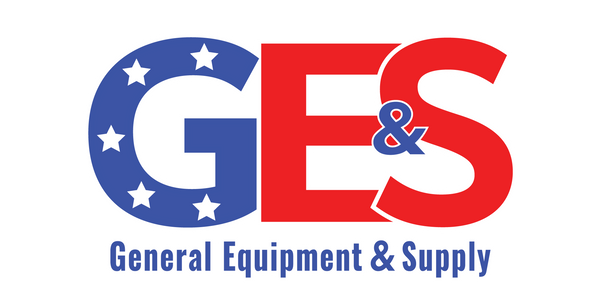Benefits of recycling for a local construction business
It does not matter how big a construction business is and how many assets it has. Going green and adopting eco-friendly recycling policies may significantly benefit the enterprise itself, the local community, and the overall industry.
- Recycling helps businesses save money on supplies. It means that a company becomes less dependent on various financing tools and can optimize its costs, being able to offer customers better service quality for less money;
- Reducing waste disposal today saves money tomorrow. The "out of sight out of mind" policy does not work anymore. Sooner or later, every industry and economy will have to deal somehow with waste disposal. Reducing it today will help businesses to save those costs;
- Avoid making an impact on environmental pollution that can make the area where the business operates unprofitable, forcing it to relocate;
- Preserve natural resources and energy, helping to postpone the ultimate energy crisis, giving researchers and scientists time to develop innovative green energy solutions;
- Meeting the ongoing demand for "green" businesses. Since humanity is entering the era of conscious consumption, eco-friendly policies have become a significant reputation factor for companies. Claiming that a construction business recycles, reuses tools and materials will instantly elevate the business in the eyes of prospective customers, investors and make it stand out among competitors;
- A powerful team-building tool. Educating employees about the importance of environmental protection and encouraging them to observe eco-friendly policies will give a new meaning to the whole work process, making every employee a part of a significant process.
The principles of remanufacturing in the construction industry
Remanufacturing is a multilevel process. The easiest way to understand its meaning and importance is to divide it into several subtitles:
- Reusing.
Reusing tools and equipment has undeniable environmental and economic benefits. Sorting, mending, and reusing tools and equipment is the most efficient way for a construction business to optimize costs and invest available resources into development;
- Recycling.
Recycling helps businesses significantly cut disposal costs. Simultaneously, recycling is the best way to save energy and decrease the emission of CO2 due to reduced demand for the manufacture and transportation of new tools, equipment, and materials;
- Reducing.
Reduction of procurement leads to a decrease in waste. Once a business takes a careful look at its costs and spending, there may appear an apparent surplus in assets, materials, and tools. There are two ways for a construction business to reduce their procurements and waste. One is to adopt the mentioned green recycling and reusing policies, and another is to create a local market of second-hand and refurbished tools and equipment. Except for the significant reduction of waste, this initiative will create a new market segment to provide more workplaces and business opportunities for citizens.
While some businesses may still see the adoption of green recycling policies as an indulgence or the market of refurbished equipment as a low-cost solution for struggling enterprises, it is becoming a new mainstream trend in the construction industry. This trend has obvious potential to make an impact not only on the matter of environmental protection but also on economic restoration and prevention of a major social crisis.


